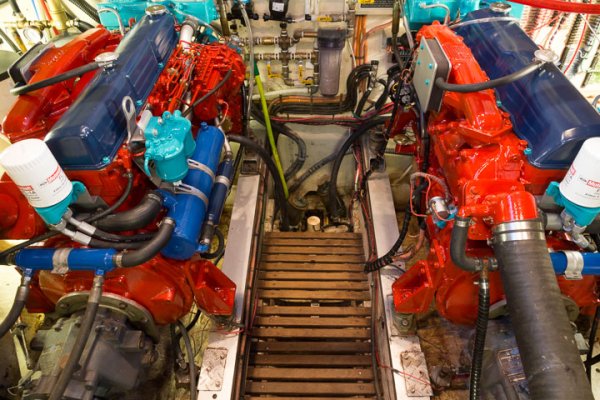Pat T
Senior Member
- Joined
- Sep 6, 2019
- Messages
- 215
- Location
- United States
- Vessel Name
- Moondance
- Vessel Make
- Grand Banks CL 42
Investigating the GB 42. It really has a wide range of engine options. One brokered boat advertises twin Ford 135 HP with a cruise speed of 7kts and a max of 8kts. But I corresponded with a broker on another boat, same engines, and says cruise speeds of 9 to 12 kts. What can I really expect with the NA 135hp engine.
Additionally I read the V8 engines take up a lot of space compared to the in-line engines. So how hard is it to work on these V8's? I plan on doing as much maintenance as I can myself.
Thanks for your inputs.
Pat
Additionally I read the V8 engines take up a lot of space compared to the in-line engines. So how hard is it to work on these V8's? I plan on doing as much maintenance as I can myself.
Thanks for your inputs.
Pat




 The tender also has a well-stocked frig!
The tender also has a well-stocked frig!